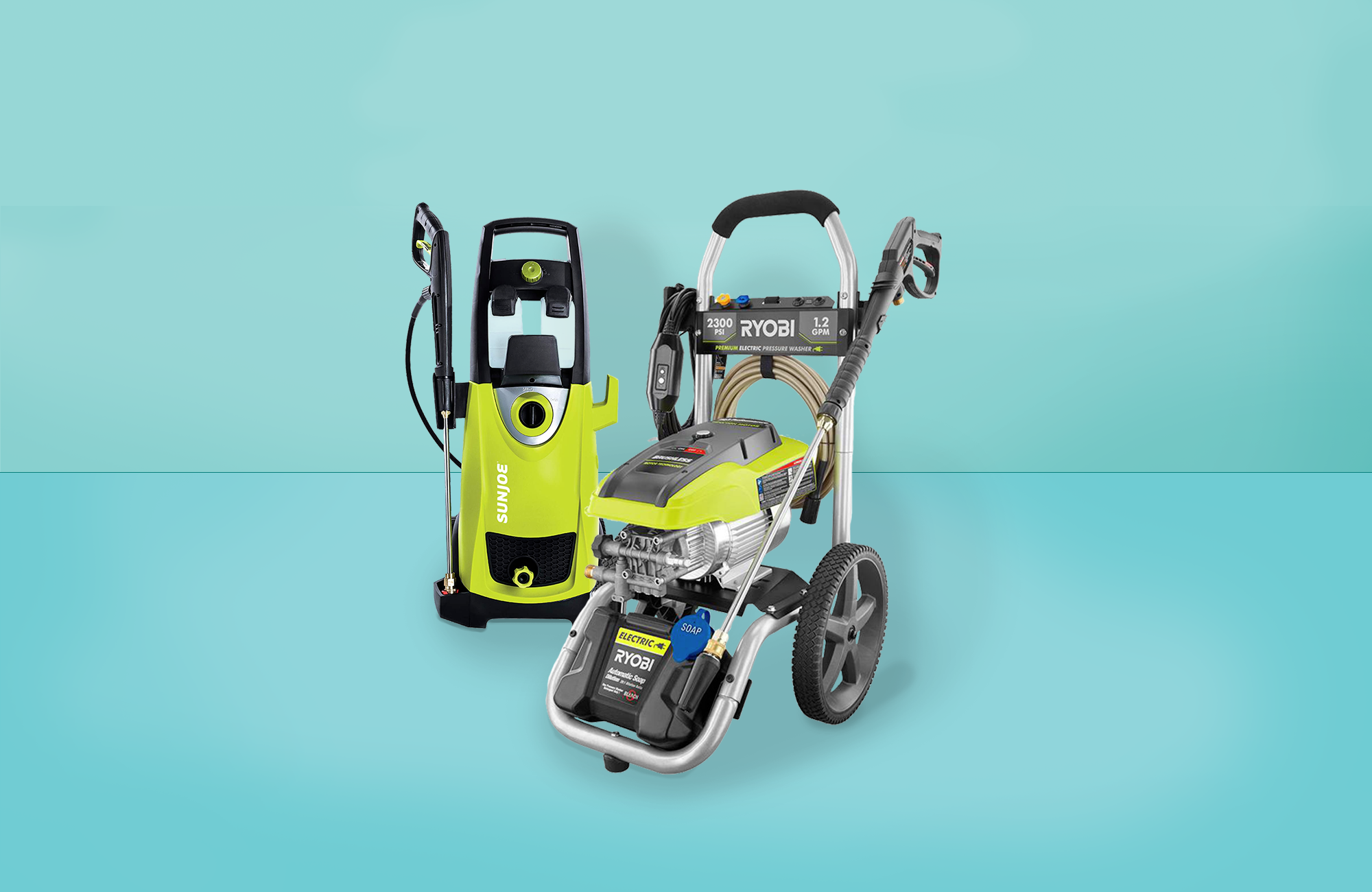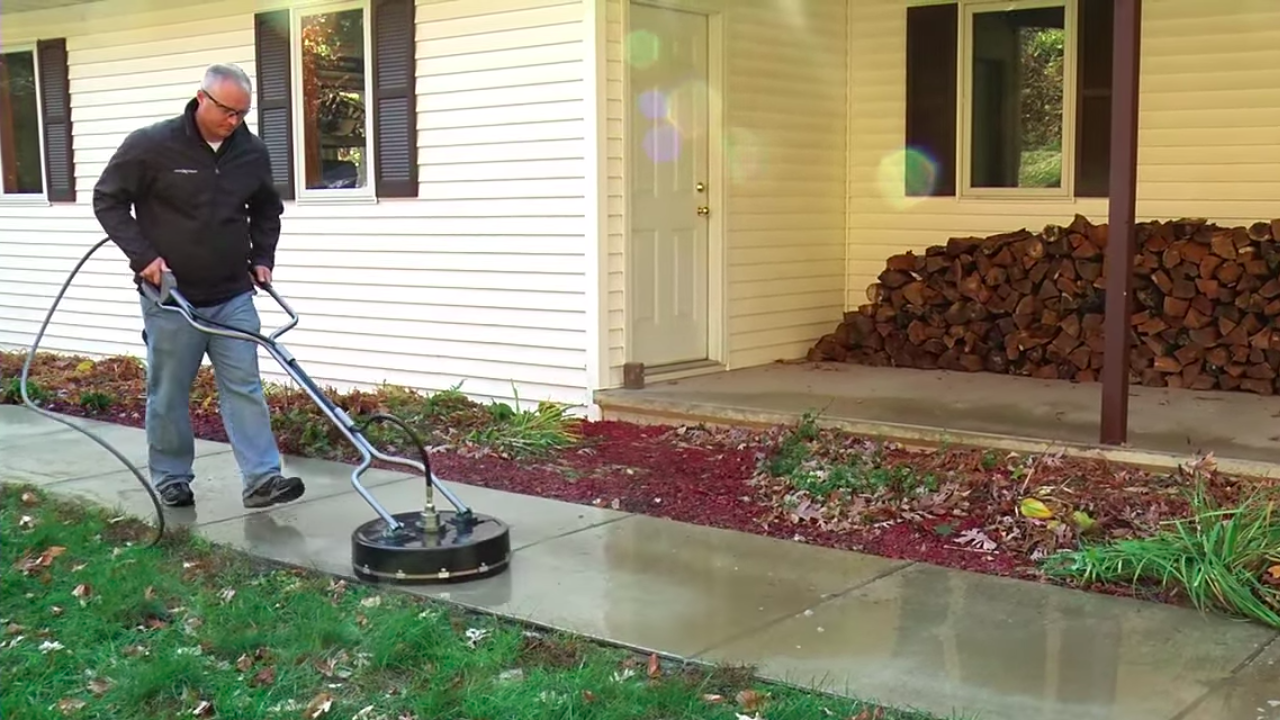Pressure Washing Things To Know Before You Buy
Wiki Article
Pressure Washing Things To Know Before You Buy
Table of ContentsSome Known Questions About Pressure Washing.Not known Incorrect Statements About Pressure Washing Pressure Washing Fundamentals ExplainedGetting The Pressure Washing To WorkNot known Facts About Pressure WashingGet This Report about Pressure Washing
You have actually tried water. Roll out the stress washer! Many individuals now consistently utilize these super-powerful hose pipes (additionally understood as "power washers") to blow up things clean with water jets pressurized at regarding 100200 times the pressure of the air around us (that's 15003000 extra pounds per square inch or psi).Let's take a closer consider exactly how they function! Picture: Pressure (power) cleaning a train. Note the very thin steel pipe that routes the high-pressure jet downward. Photo by Jordan Colvin politeness of US Flying Force. There's a good scientific reason why water obtains points so tidy: its particles have a slight electric polarity (one end is favorably charged and also the other is adversely charged), so they have a tendency to stick to points all on their own.
But some type of ground-on dust just won't move, regardless of how tough you attempt. That's when a pressure washing machine can be found in really useful. It uses a narrow, high-pressure jet of warm or cool water to blast dirt free. Since the water is taking a trip fast, it hits the filthy surface area with high kinetic power, knocking dust as well as dirt away like a consistent rain of tiny hammer strikes.
The Best Strategy To Use For Pressure Washing
Having claimed that, it's an excellent suggestion to test a stress washing machine on a low-profile location before you start work to make sure it does not hurt the surface you're cleaning. Always read the directions before you use a stress washing machine! Picture: A small Krcher stress washer suitable for residence usage.As you can see, it's quite dirty: bear in mind that stress washers blast dust anywhere! A pressure washing machine is less innovative than it seems. The washer takes in normal water from a tap (that's a tap to you people in the UK), the pump accelerates the water to high pressure, and also then sprays it from a hose pipe at rate with a trigger weapon.
These, then, are the primary components you'll locate inside a pressure washer: Water inlet: A pipe that attaches the pressure washer to the primary water supply. There's generally a filter in the inlet to stop dirt as well as particles entering the washer as well as obstructing up the jobs.
Pressure Washing Can Be Fun For Everyone
55. Gas engine models are great if you're functioning outside in places where an electrical energy supply is hard to locate (or where a lengthy tracking cable would certainly be dangerous or inconvenient). The electric motor or engine is developed to power the water pump.
This one's made by Jenny and also rated at a stress of 3400 psi (about 230 times regular climatic pressure), which is about 3 times even more than a typical residence Krcher. It's just regarding the most effective washer you'll come throughout!
High-pressure hose pipe: This is television that runs out from the washer to whatever cleansing add-on you've determined to use. A regular little bit of additional hints tubes wouldn't have the ability to make it through the high-pressure of the water moving through it. High-pressure pipe is reinforced with cable mesh and also has two or even more layers of high-density plastic.
Our Pressure Washing PDFs

Image: Stress washers come with a fundamental trigger weapon to which you see this here can include all kinds of different attachments. Left: The trigger weapon from a Krcher stress washing machine.
As water enters, the black bar spins around, washing your drive clean and trapping the dirt inside the yellow plastic cover. Some pressure washers have additional attributes.
An Unbiased View of Pressure Washing
Below's a fast summary of the basic principle: Cleaning agent flows in from a container or container with one hose. Cold water moves in from a faucet (faucet) with one more hose pipe and also is filtered en route in. An electrical motor or diesel engine powers the washing machine. Powered by the engine or electric motor, a water pump (impeller) attracts the detergent and water and also mixes them with each other.check out this site
High-pressure pipe: This is the tube that goes out from the washer to whatever cleaning add-on you've determined to utilize. A regular little bit of tubing would not be able to make it through the high-pressure of the water moving through it. High-pressure pipe is enhanced with wire mesh as well as has 2 or even more layers of high-density plastic.
Normally, the safety margin on pressure-washer hose pipes has to do with 300 percent, so if your washing machine is rated at 2000 psi, your pipe needs to be able to withstand pressures of at the very least 6000 psi. Cleaning accessory: Relying on what you're cleaning, you can switch over from a simple trigger weapon (basically simply a shutoff that lets water through only when you squeeze the deal with) to a rotating stick spray or a rotating brush to scrub your drive.
Get This Report about Pressure Washing

As water goes into, the black bar rotates about, cleaning your drive tidy as well as capturing the dirt inside the yellow plastic cover. Some pressure washers have additional features.
Here's a quick summary of the fundamental principle: Detergent streams in from a container or container with one pipe. Cold water streams in from a faucet (tap) through another hose and is filtered heading in - pressure washing. An electric motor or diesel motor powers the washing machine. Powered by the engine or electric motor, a water pump (impeller) draws in the detergent and water and also blends them with each other.
Report this wiki page